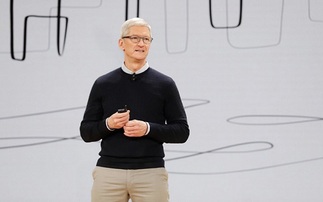But speaking at Bloomberg Enterprise Technology Summit, they argued that the role of the CIO still remains important, especially when managing risk
Chief marking officers and chief financial officers are essentially shadow chief information officers, but the CIO is still an important figure in the enterprise, especially if there's a technology...
To continue reading this article...
Join Computing
- Unlimited access to real-time news, analysis and opinion from the technology industry
- Receive important and breaking news in our daily newsletter
- Be the first to hear about our events and awards programmes
- Join live member only interviews with IT leaders at the ‘IT Lounge’; your chance to ask your burning tech questions and have them answered
- Access to the Computing Delta hub providing market intelligence and research
- Receive our members-only newsletter with exclusive opinion pieces from senior IT Leaders






















